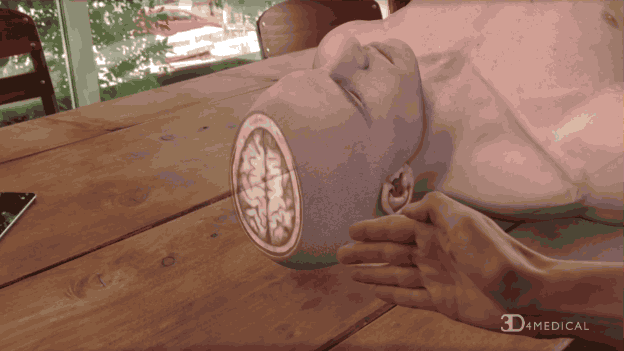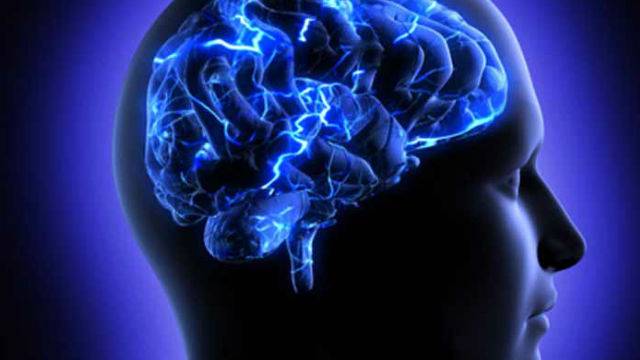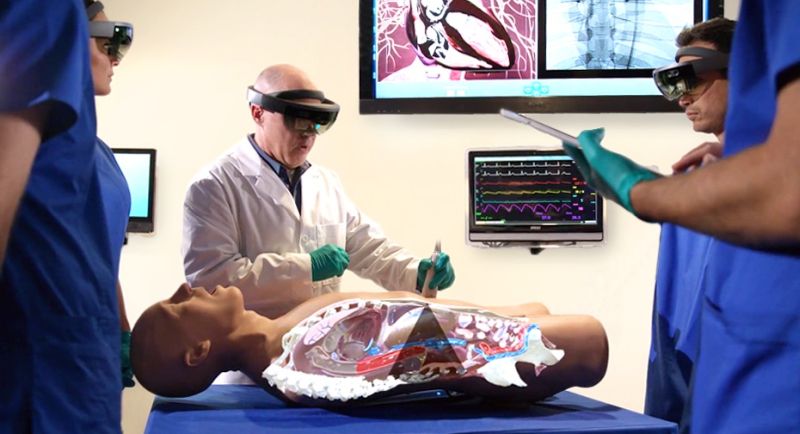Page 10084
Jan 29, 2017
Pull A Body Apart With This Augmented Reality App
Posted by Karen Hurst in categories: augmented reality, biotech/medical
Looking for that perfect gift for the medical student in your life? Search no more.
Is it wise to make medical students feel like renegade fictional genius Tony Stark, magically waving human bodies apart like the holographic diagrams in the Iron Man basement lab? Should we use technology to make millennials feel like superheroes? Stop asking difficult philosophical questions and look at how cool this is.
This augmented reality app is called Project Esper. It uses hand gestures to allow the users move and study anatomy. Users can pull the human body apart and investigate the organs and limbs piece by piece. Look—just look at this magical Star Trek karate:
Jan 29, 2017
Australian archaeological startup raises $679,000 to rebuild ancient sites in VR
Posted by Karen Hurst in categories: education, virtual reality
Luv this.
Archaeology isn’t an easy job, but it becomes easier in virtual reality, if you can walk around ancient buildings as if they were still there.
Lithodomos VR, an Australian virtual reality archaeological startup, knows this and has raised $900,000 in Australian dollars ($679,000 in U.S. dollars) in a seed funding round.
Jan 29, 2017
Researchers design 3D system to detect circulating tumor cells
Posted by Karen Hurst in category: biotech/medical
Someday, we will have glasses or contacts that will be able to detect tumors and notify us or even contact doctor’s office to set up the appointment for us.
Researchers have shown that they could efficiently capture and simultaneously filter out the circulating tumor cells (CTCs) permanently from cancer patients’ whole blood, which otherwise could gain access into the blood and invariably cause metastasis.
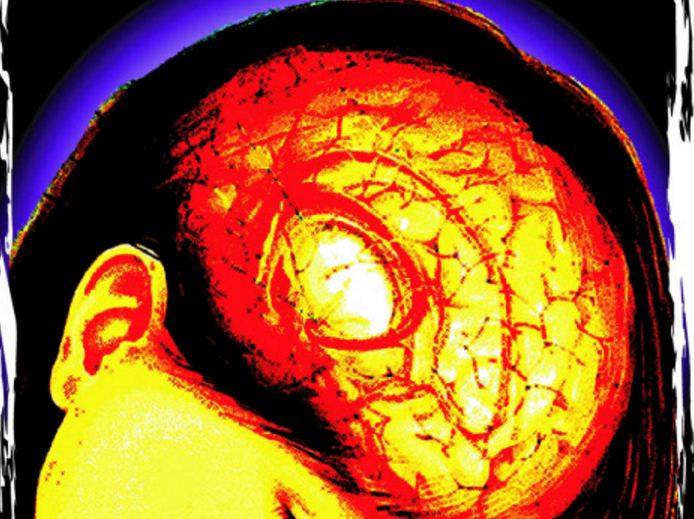 (Representative image)
(Representative image)
Continue reading “Researchers design 3D system to detect circulating tumor cells” »
Jan 29, 2017
LSD alters perception via serotonin receptors
Posted by Karen Hurst in categories: biotech/medical, media & arts, neuroscience
Interesting study on brain receptors.
Researchers from UZH have discovered how the perception of meaning changes in the brain under the influence of LSD. The serotonin 2A receptors are responsible for altered perception. This finding will help develop new courses of pharmacotherapy for psychiatric disorders such as depression, addictions or phobias.
Humans perceive everyday things and experiences differently and attach different meaning to pieces of music, for instance. In the case of psychiatric disorders, this perception is often altered. For patients suffering from addictions, for instance, drug stimuli are more meaningful than for people without an addiction. Or patients with phobias perceive the things or situations that scare them with exaggerated significance compared to healthy people. A heightened negative perception of the self is also characteristic of depressive patients. Just how this so-called personal relevance develops in the brain and which neuropharmacological mechanisms are behind it, however, have remained unclear.
Continue reading “LSD alters perception via serotonin receptors” »
Jan 29, 2017
Scientists Identify A Brain Hormone That Can Trigger Fat Burning
Posted by Karen Hurst in categories: food, neuroscience
Scientists, have identified a brain hormone that can trigger fat burning in the gut.
Researchers from The Scripps Research Institute (TSRI) in the US found a brain hormone that specifically and selectively stimulates f at metabolism, without any effect on food intake.
The findings, published in the journal Nature Communications, in animal models could have implications for future pharmaceutical development.
Continue reading “Scientists Identify A Brain Hormone That Can Trigger Fat Burning” »
Jan 29, 2017
TDP43 and Alzheimer’s Study
Posted by Karen Hurst in categories: biotech/medical, life extension, neuroscience

TDP-43 Protien tied to Alzheimers according to a Mayo Clinic Study.
Since the time of Dr. Alois Alzheimer himself, two proteins (beta-amyloid (Aβ) and tau) have become tantamount to Alzheimer’s disease (AD). But a Mayo Clinic study challenges the perception that these are the only important proteins accounting for the clinical features of the devastating disease.
Jan 29, 2017
MIT’s Food Computers Set the Stage for Open Source Agriculture
Posted by Karen Hurst in categories: climatology, computing, food, sustainability
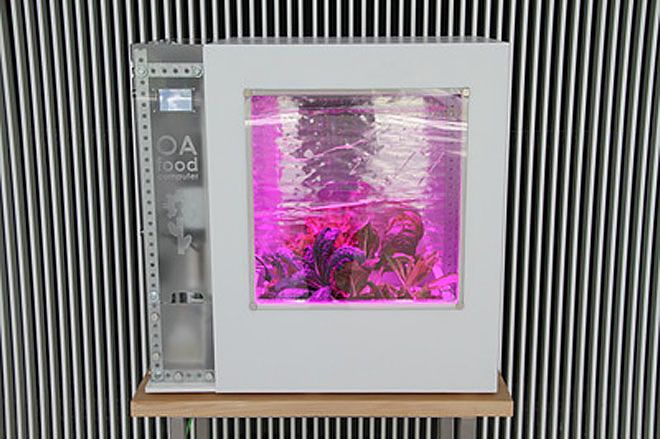
https://youtube.com/watch?v=LEx6K4P4GJc
Most of us probably don’t think too much about the foodstuffs we buy in the supermarket. But behind the scenes, today’s food production system relies on a centralized, industrial-scale supply chain that’s still dependent upon soil-based agriculture for the majority of our food crops.
In many instances, that means that food has to travel long distances from farm to table, meaning that food has lost much of its freshness and nutritional value by the time it reaches your table. There’s also a growing awareness that this model isn’t sustainable: the pressures of increasing urbanization and loss of arable land, rising populations and the increased frequency of extreme weather events like droughts and floods — brought on by climate change — means that slowly but surely, we are going to have to change the way we grow our food.
Continue reading “MIT’s Food Computers Set the Stage for Open Source Agriculture” »
Jan 29, 2017
CAE Healthcare Unveils First Mixed Reality Ultrasound Simulation Solution
Posted by Karen Hurst in categories: augmented reality, biotech/medical, computing, holograms
My doctor needs one of these.
CAE Healthcare announced the release of CAE VimedixAR, an ultrasound training simulator integrated with the Microsoft HoloLens, the world’s first self-contained holographic computer. The announcment marks CAE Healthcare as the first company to bring a commercial Microsoft HoloLens application to the medical simulation market.
VimedixAR delivers an unprecedented simulation-based training experience, allowing learners to interact and move freely within a clinical training environment that is augmented with holograms. For the first time, students will be able to examine 3D anatomy inside the body of the Vimedix manikin. As learners practice scanning an animated heart, lungs or abdomen, they will observe in real-time how the ultrasound beam cuts through anatomy to generate a ultrasound image.
Continue reading “CAE Healthcare Unveils First Mixed Reality Ultrasound Simulation Solution” »
Jan 29, 2017
Choosing a New System Architecture
Posted by Karen Hurst in categories: business, food, sustainability
The food retail, foodservice and industrial cooling industries are in the midst of a momentous transition in refrigeration system architectures. Regulations are driving the need to implement sustainable systems with options growing exponentially. Emerson’s natural refrigerant expert, Andre Patenaude, provides advice on the best alternatives to future proof your system.
To get to what many call the “end game” of achieving compliance and meeting corporate sustainability objectives, more businesses are looking at systems based on natural refrigerants to help them achieve these goals.
The term “natural refrigerant” refers to substances that naturally occur in the environment. Unlike the synthetic refrigerants that have commonly been used in refrigeration applications — including hydrofluorocarbons (HFCs) and chlorofluorocarbons (CFCs) — ammonia (NH3 or refrigerant name R-717), propane (refrigerant name R-290) and carbon dioxide (CO2 or refrigerant name R-744) are three naturally occurring refrigerants that pose very little threat to the environment.

